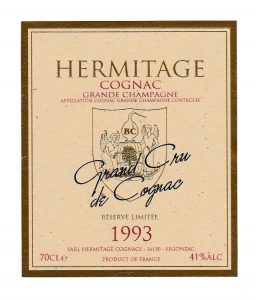 There is often confusion over cognac bottle sizes. In fairness, there are many different shapes available today which generally hold recognized and approved quantities. But this hasn’t always been the case. Until the middle of the last century spirit measurements were in imperial quantities and measured in fluid ounces. This was largely because most suppliers were from Britain and even the big cognac houses, such as Hennessy and Martell, had British controlling interest.
There is often confusion over cognac bottle sizes. In fairness, there are many different shapes available today which generally hold recognized and approved quantities. But this hasn’t always been the case. Until the middle of the last century spirit measurements were in imperial quantities and measured in fluid ounces. This was largely because most suppliers were from Britain and even the big cognac houses, such as Hennessy and Martell, had British controlling interest.
In the mid-twentieth century though, it all changed to metric so that the UK could align itself with the rest of Europe. The 70cl bottle was born and became the accepted size except in America, where the wine bottle quantity of 75cl was adopted. If this wasn’t confusing enough, a magnum of cognac became the same as a magnum of wine (150cl). So, although a magnum of wine is twice the size of a wine bottle, this does not apply for spirits. Further variations occur when cognac houses use handmade bottles (which vary very slightly in size) for special presentations. These should all contain 70cl but, in order to keep fill levels consistent, some lucky customers may actually receive 1 or 2cl more.
If climatic conditions change, fill levels become another variant. Cognac, like other spirits, expands and contracts according to temperature. Alcohol and bottle quantities are initially measured at 20 degrees Celsius, but on a hot day, the level in a full bottle may appear higher than one that has been stored in a cool place.
In France, the Bureau National Interprofessionnel du Cognac (BNIC), the controlling body of cognac, allows the following sizes: 10cl, 20cl, 35cl, 50cl, 70cl, 75cl (America only), 100cl and 150cl. However, some much older bottles that we have seen contain half pints, pints, imperial quarts, imperial half gallons, imperial three-quarter gallons and 25 quarts (storage jars). So, if you want to size up a bottle, it’s probably best to check the quantity, you can usually find it in the bottom corner of the front label!
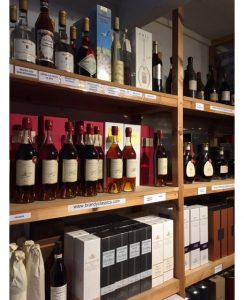 We are open for business as usual so you can send a special gift or birthday present to a loved one you cannot visit or treat yourself during this particularly difficult time at home. We have wonderful French cognac, armagnac and calvados for every year of birth from 1928 to 2002 and we are taking all the recommended hygiene precautions when handling bottles and packaging. If you have any questions please call the office number (01225 863988) as usual.
We are open for business as usual so you can send a special gift or birthday present to a loved one you cannot visit or treat yourself during this particularly difficult time at home. We have wonderful French cognac, armagnac and calvados for every year of birth from 1928 to 2002 and we are taking all the recommended hygiene precautions when handling bottles and packaging. If you have any questions please call the office number (01225 863988) as usual.
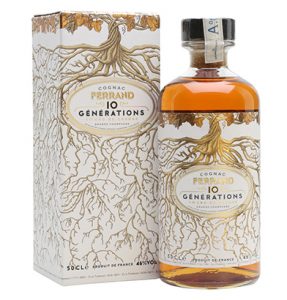 Ferrand has released a new
Ferrand has released a new 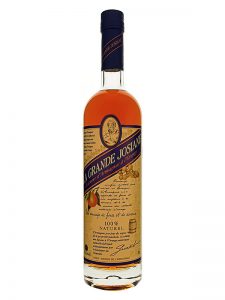 The Wine Enthusiast Top 100 International Spirits 2019 has listed
The Wine Enthusiast Top 100 International Spirits 2019 has listed 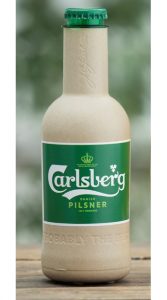 Several environmental initiatives, designed to address climate change, have been launched recently:
Several environmental initiatives, designed to address climate change, have been launched recently: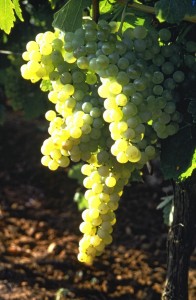 Most people associated with
Most people associated with 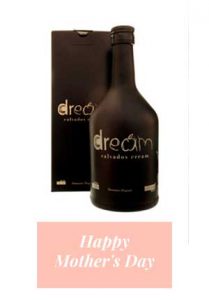 Wondering what to buy for Mother’s Day 2020? We have a unique selection of brandies and dessert wines to suit every Mum ….
Wondering what to buy for Mother’s Day 2020? We have a unique selection of brandies and dessert wines to suit every Mum ….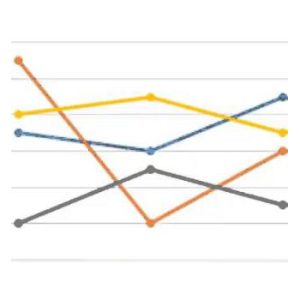 William Grant & Son’s Spirit Trends 2020 Report has identified some key trends in the drinks sector. The report says that there is “an upward shift in spending on more meaningful experiences, driving premiumisation in the spirits industry”. Nearly 90% of consumers are likely to treat themselves in the forthcoming year, supporting the upward trend of luxury brand performances across the On and Off Trade sectors. Authenticity is also key with almost half of UK consumers wanting brands to have a point of view and to stand for something. A heightened access to information and awareness of all matters related to health, has resulted in the customer looking for more transparency and simplicity regarding diet and nutrition. From this report we can see it is becoming more and more important to state exactly what is in the bottle. We have always tried to do this by ensuring that all our
William Grant & Son’s Spirit Trends 2020 Report has identified some key trends in the drinks sector. The report says that there is “an upward shift in spending on more meaningful experiences, driving premiumisation in the spirits industry”. Nearly 90% of consumers are likely to treat themselves in the forthcoming year, supporting the upward trend of luxury brand performances across the On and Off Trade sectors. Authenticity is also key with almost half of UK consumers wanting brands to have a point of view and to stand for something. A heightened access to information and awareness of all matters related to health, has resulted in the customer looking for more transparency and simplicity regarding diet and nutrition. From this report we can see it is becoming more and more important to state exactly what is in the bottle. We have always tried to do this by ensuring that all our 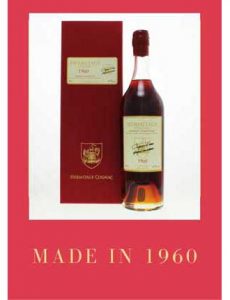 Any bottle of cognac that is date-stamped, is referred to as vintage and this bottle from
Any bottle of cognac that is date-stamped, is referred to as vintage and this bottle from  There is often confusion over
There is often confusion over 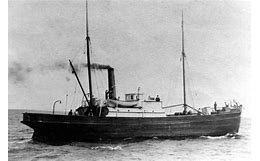 In 1917, SS Kyros set sail for St Petersburg from France. As it approached Sweden, the cargo ship was sunk by a German submarine UC58. For decades the ship was assumed lost but in 1999 it was discovered 77 metres below sea level having been damaged by fishing trawlers and trawl boards. It took 20 years to clear the shipwrecked vessel for exploration, but it was worth the wait as hidden inside were 50 cases of cognac from De Haartman & Co. An exciting and historical find from the time when Tsar Nicholas II was Emperor of Russia. It is difficult to estimate the current condition of the cognac as this will, in part, be dependent on the bottle seals (see
In 1917, SS Kyros set sail for St Petersburg from France. As it approached Sweden, the cargo ship was sunk by a German submarine UC58. For decades the ship was assumed lost but in 1999 it was discovered 77 metres below sea level having been damaged by fishing trawlers and trawl boards. It took 20 years to clear the shipwrecked vessel for exploration, but it was worth the wait as hidden inside were 50 cases of cognac from De Haartman & Co. An exciting and historical find from the time when Tsar Nicholas II was Emperor of Russia. It is difficult to estimate the current condition of the cognac as this will, in part, be dependent on the bottle seals (see